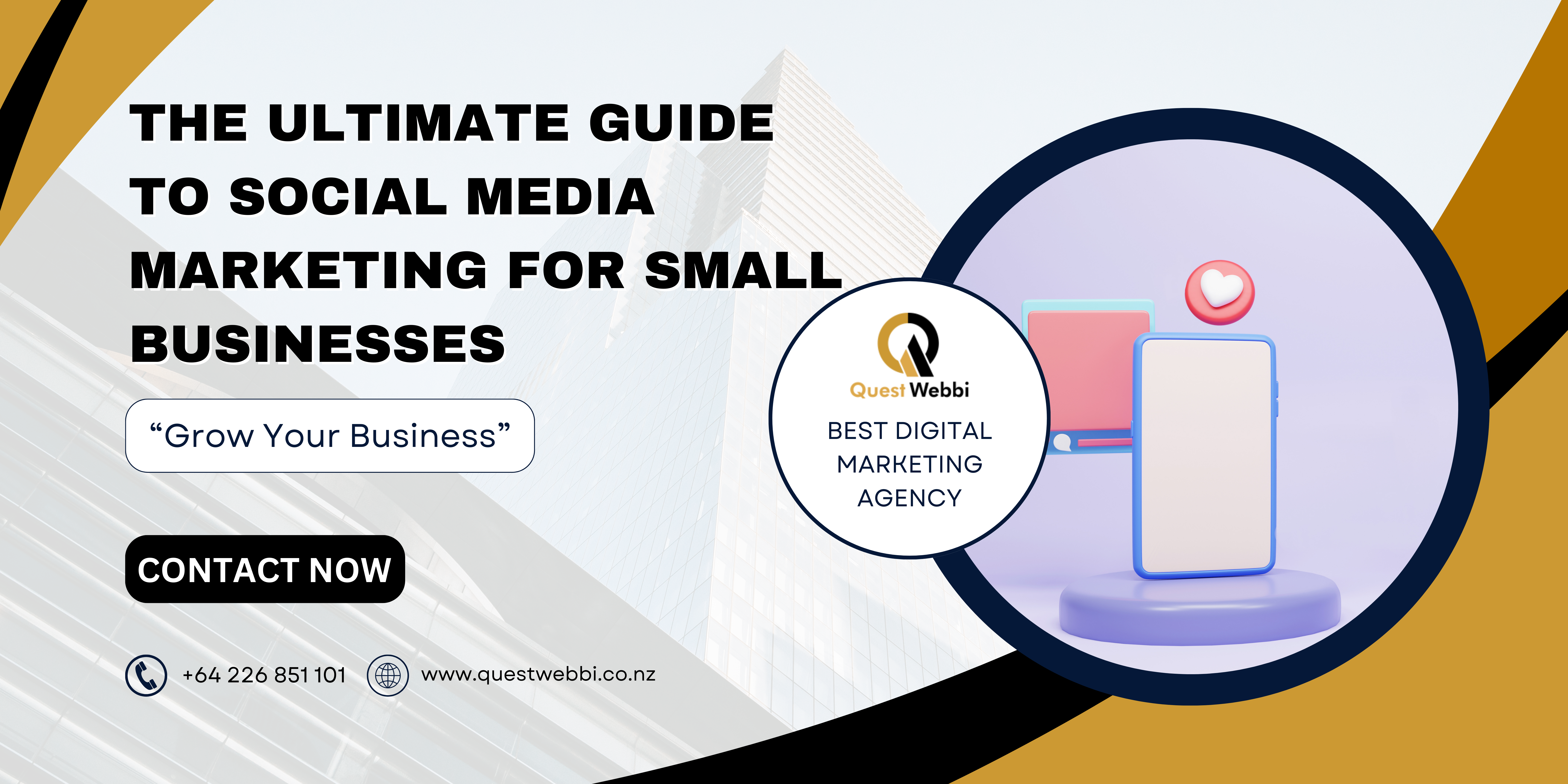
In today’s digital age, social media marketing has become an indispensable tool for small businesses looking to reach and engage their target audience. With platforms like Facebook, Instagram, Twitter, and LinkedIn offering vast opportunities for visibility and growth, understanding how to effectively harness the power of social media can be a game-changer. Whether you’re just starting out or looking to refine your existing strategy, this comprehensive guide will walk you through everything you need to know about social media marketing for small businesses.
1. Understanding Social Media Marketing
Social media marketing involves using platforms like Facebook, Instagram, Twitter, LinkedIn, and others to promote your business, engage with your audience, and drive traffic to your website. It encompasses various tactics, including content creation, community management, advertising, and analytics.
2. Identifying Your Goals
Before diving into social media marketing, define your goals. Common objectives for small businesses include:
Increasing Brand Awareness: Make more people aware of your business and what you offer.
Driving Website Traffic: Direct traffic to your website or landing pages.
Generating Leads: Collect information from potential customers interested in your products or services.
Boosting Sales: Convert social media followers into paying customers.
Enhancing Customer Service: Provide support and build stronger relationships with your audience.
3. Choosing the Right Platforms
Not all social media platforms are created equal, and not all will be suitable for your business. Here’s a quick overview to help you choose:
Facebook: Great for a broad audience and versatile content. Ideal for businesses of all types.
Instagram: Perfect for visually appealing businesses and younger demographics. Leverage stories, posts, and reels.
Twitter: Best for real-time updates, news, and engaging in conversations. Suitable for industries that benefit from timely information.
LinkedIn: Ideal for B2B marketing, professional networking, and industry insights.
Pinterest: Excellent for businesses with strong visual elements, such as fashion, home decor, or food.
4. Creating a Content Strategy
Content is king in social media marketing. Your content strategy should include:
Content Types: Decide on the mix of posts, including text updates, images, videos, infographics, and user-generated content.
Content Calendar: Plan and schedule your posts to ensure a consistent presence. Use tools like Hootsuite or Buffer to streamline this process.
Brand Voice and Style: Establish a consistent tone and style that reflects your brand’s personality and resonates with your audience.
5. Engaging Your Audience
Building relationships with your audience is crucial. Engage actively by:
Responding to Comments and Messages: Show your audience that you value their interaction.
Hosting Contests and Giveaways: Encourage participation and increase engagement.
Asking Questions and Running Polls: Foster conversations and gather feedback.
6. Leveraging Social Media Advertising
social media marketing can amplify your reach and target specific audiences. Consider:
Facebook and Instagram Ads: Utilize detailed targeting options to reach your ideal customers.
LinkedIn Ads: Focus on B2B advertising and targeting professionals in your industry.
Twitter Ads: Promote tweets to increase visibility and engagement.
7. Analyzing and Measuring Success
Track your social media marketing performance using analytics tools provided by each platform or third-party tools like Google Analytics. Key metrics to monitor include:
Engagement Rate: Likes, comments, shares, and overall interaction with your content.
Reach and Impressions: The number of people who see your posts and how often.
Click-Through Rate (CTR): The percentage of people who click on your links or ads.
Conversion Rate: The percentage of users who complete a desired action, such as making a purchase or signing up for a newsletter.
8. Adapting and Optimizing
Social media trends and algorithms are always changing. Stay updated on industry changes and be prepared to adjust your strategy accordingly. Regularly review your performance data to identify what works and what doesn’t, and optimize your approach based on these insights.
9. Staying Consistent and Authentic
Consistency in posting and engagement is key to building a strong social media presence. Additionally, authenticity resonates with audiences; be genuine in your interactions and content to build trust and loyalty.
10. Learning and Evolving
Social media marketing is a dynamic field. Continuously educate yourself about new tools, trends, and best practices. Participate in webinars, follow industry blogs, and learn from successful social media campaigns.
Conclusion
Social media marketing offers tremendous potential for small businesses to grow and thrive. By understanding your goals, choosing the right platforms, creating engaging content, leveraging advertising, and analyzing performance, you can build a strong online presence that drives success. Embrace the opportunities that social media presents and adapt your strategy as needed to stay ahead of the curve.
With the right approach, your small business can harness the full power of social media to connect with your audience, boost brand awareness, and drive meaningful results.

